cover photo by Mario Vigo
 The information about this location have been automatically translated with Microsoft Translator. The information about this location have been automatically translated with Microsoft Translator. Rank : 10.0 (average on 1 votes)Coordinates : -24.004367, -47.562212 ( Open in Google Maps) Subjects : The Atlantic forest is one of the regions with the largest biodiversity in the world and is particularly rich in birds (over 600 species, of which about 160 are endemic). A section of unspoiled forest has been preserved near Tapira, where a lodge dedicated exclusively to birdwatching and wildlife photography has been created in a former private residence. Trilha Dos Tucanos has recorded 306 species of birds, some of them rare and endangered. It is easy to observe birds in the mangers scattered near the lodge and the surroundings, which are equipped with natural perches and are regularly stocked with fresh fruits and roots. The mangers attract about thirty species of frugivori such as dyadorno parakeet (Brotogeris tirica), brown belly parakeet (Pyrrhura frontalis), tangara shoulderazzurre (Tangara cyanoptera), tangara shoulders (Tangara ornate), tangara seven colors (Tangara se Cacicus haemorrhous, saffron toy (Pteroglossus bailloni), red-breasted tucano (Ramphastos dicolorus), headstone (Melanerpes flavifrons) and crestabionda woodpecker (Celeus flavescens). Other feeders are supplied with seeds and cereals to attract grains including: blue dacne (Dacnis cayana), purple euphony, euphonia panciacastana (Euphonia pectoralis), black-throated beakgrosso (Saltator fuliginosus), tangara occhineri (Trichothraupis melanops), magpie tangara (Cissopis leverianus), olive-green tangara (Orthogonys chloric angara caporubino (Tachyphonus coronatus), tangara anterossante antearian tangara (Habia rubica), sparrow from the semi-glue (Arremon semitorquatus), shutter aliverdi (Saltator similis) and tortora frontegrigia (Leptotila rufaxilla). There are also several feeders with sugary water for hummingbirds that also frequent the many flowers in the garden, including Brazil ruby (Clytolaema rubricauda), driade capoviola (Thalurania glaucopis), festive coquette (Lophornis chalybeus), black Jacobin (Florisuga fusca), Hermit of Planalto (Phaethornis pretrei), dark hummingbird (Aphantochroa cirrochloris) and yellow cereba (Coereba flaveola), among others. There are also 5 self-guided trails, of different lengths and difficulties, that go into the Atlantic forest. Here you can search for species that do not visit the mangers, some rare and beautiful as the royal Atlantic pigliasche (Onychorhynchus swainsoni), an endangered vulnerable species, which can only be seen during the breeding season (September to December), or the bamboo tyrant chested (Hemitriccus diops). Among the others to mention: thongara collorosso (Tangara cyanocephala), black-throated trogone (Trogon rufus), trogone dorsoverde (Trogon viridis), trogone surucua (Trogon surrucura), semi-maligned duvet (Malacoptila streaked), swallowtail manachino (Chiroxiphia caudata), manachino codaspillo (The Manne "Chamaeza campanisona," anteoter pettomare (Hylopezus nattereri), anterior anterior thorious (Formicarius colma), mouse tapaculu (Scytalopus speluncae), slate front (Merulaxis ater), attila monk (Attila rufus) , have a giant anteiter (Batara cinerea), capodorato warr (Basileuterus culicivorus), sturdy woodpecker (Campephilus robustus), sagitte climber (Lepidocolaptes falcinellus), motmot caporossiccio (Baryphthengus ruficapill (Geotrygon montana), tortora frontegrigia (Leptotila rufaxilla), brisket rail (Aramides saracura), solitary dye (Tinamus solitarius), black spizaeto (Spizaetus tyrannus) and, in the evening, Eyelash owl (Pulsatrix koeniswaldiana). A birdwatching guide can be useful for exploring forest trails. It is also possible to observe several reptiles, amphibians and sometimes mammals, such as tapir and tayra (Eira barbarian).Recommended equipment : Telephoto lens from 300 to 600 mm, any multipliers. At the eaters of the lodge the birds are very confident and a 300 mm is recommended. The tripod is useful. The light in the forest is always very poor, very useful the use of flash and better beamer.Best months : All year round, but winter is preferable (June to August), when there is a shortage of food in the forest and the feeders attract species not sighted at other times of the year. From December to March there is the rainy season and the chances of bird sightings is less.How to get there : It is located about 15 km from Tapira and can only be reached by car, about 3 hours by road from Sao Paulo.Visits : Access to feeders and trails is freely allowed only to guests of the lodge.Notes : The accommodations are spartan but welcoming and the manager is very friendly and helpful to comply with the requests of the guests. Home cooking is simple but tasty. This destination is a true paradise for photographing birds and offers a holiday of total relaxation in close contact with nature. | | Nearby:   Sao Paulo 107 km
 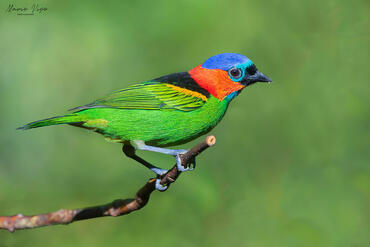 Serra do Mar State Park 261 km
 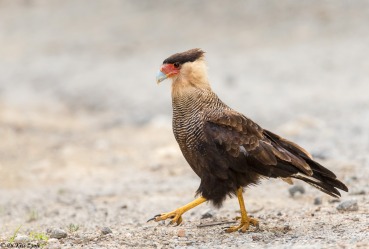 Itatiaia National Park 351 km
  Florianopolis 411 km
  Iguazu Falls 729 km
 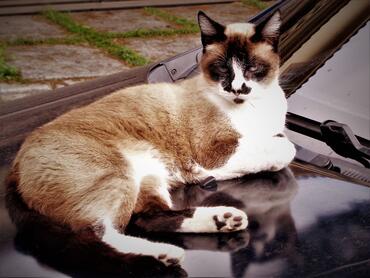 Brasilia 912 km
|

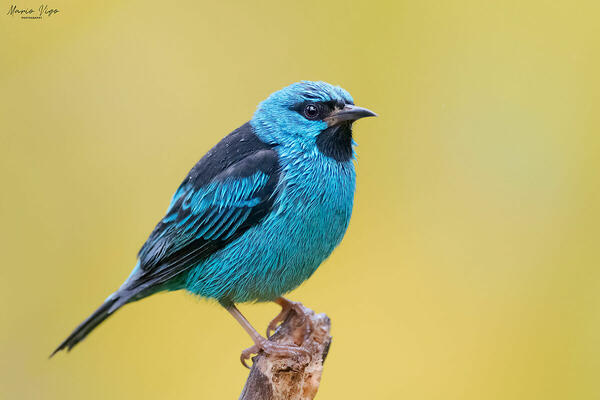
![[editors pick]](shared_files/layout/ep_badge.jpg)
![[retina]](shared_files/layout/retina_badge.jpg)
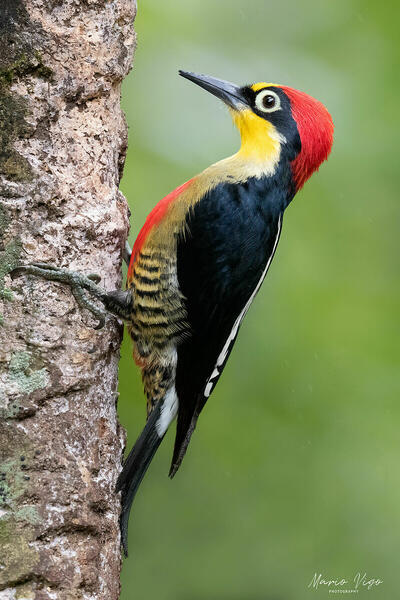
![[retina]](shared_files/layout/retina_badge.jpg)
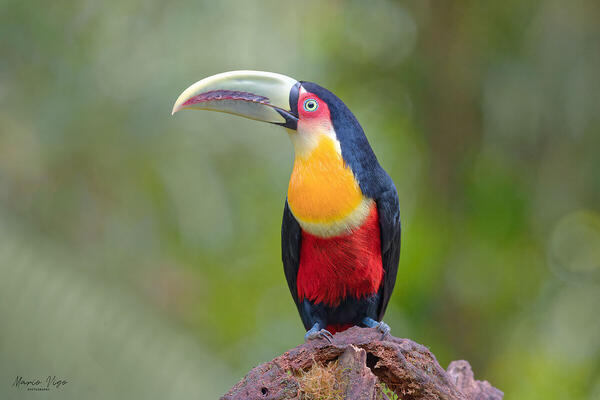
![[retina]](shared_files/layout/retina_badge.jpg)
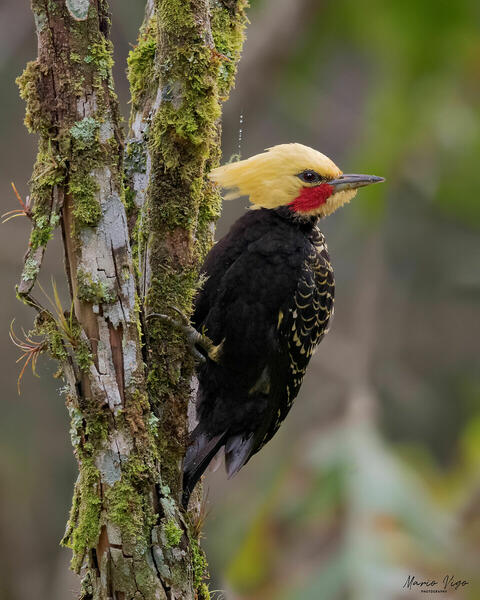
![[retina]](shared_files/layout/retina_badge.jpg)
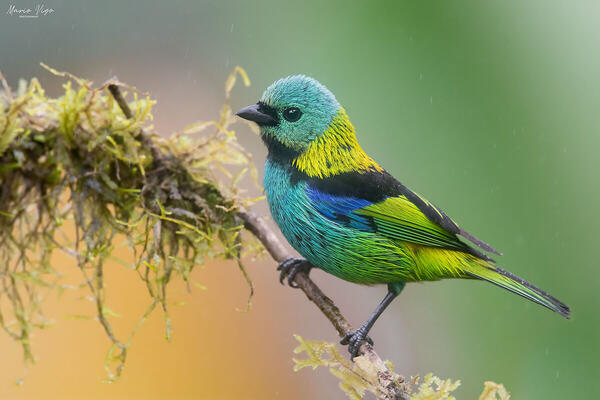
![[retina]](shared_files/layout/retina_badge.jpg)
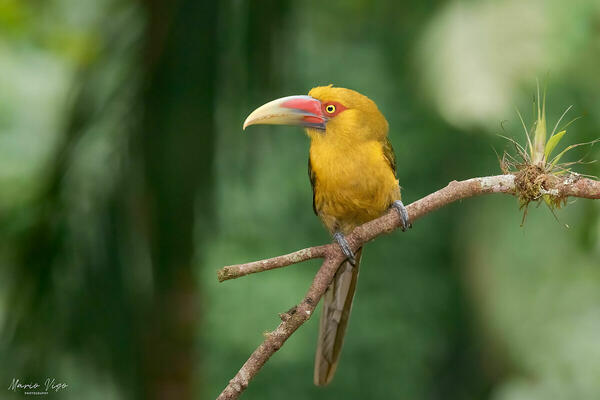
![[retina]](shared_files/layout/retina_badge.jpg)

![[retina]](shared_files/layout/retina_badge.jpg)

![[retina]](shared_files/layout/retina_badge.jpg)
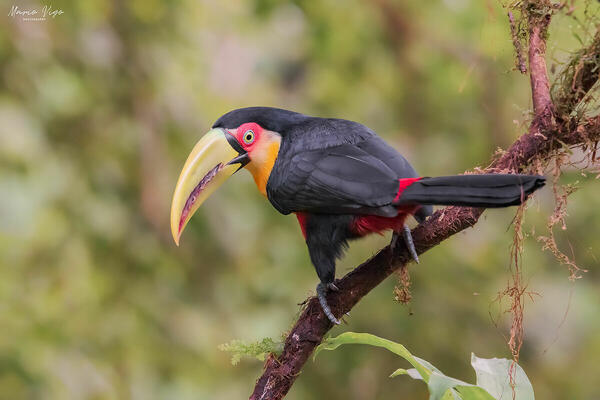
![[retina]](shared_files/layout/retina_badge.jpg)
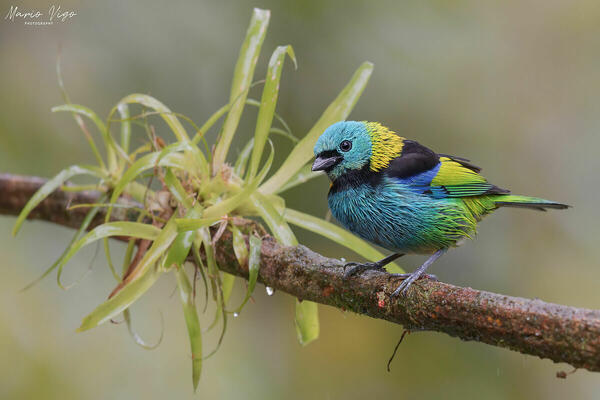
![[retina]](shared_files/layout/retina_badge.jpg)

![[retina]](shared_files/layout/retina_badge.jpg)
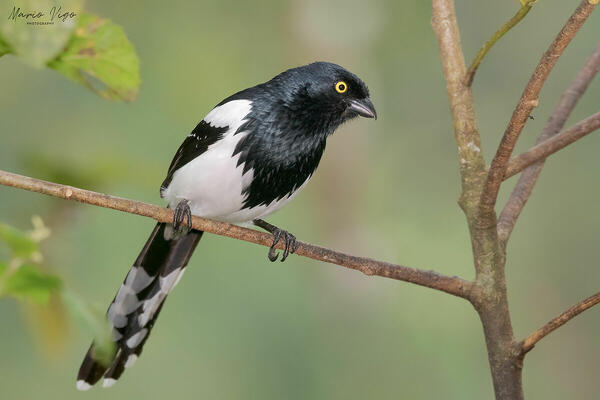
![[retina]](shared_files/layout/retina_badge.jpg)

![[retina]](shared_files/layout/retina_badge.jpg)
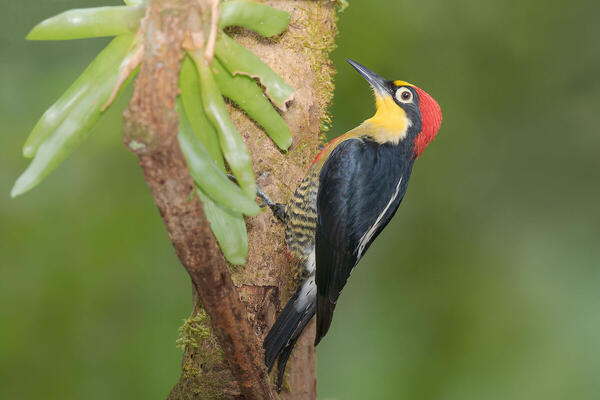
![[retina]](shared_files/layout/retina_badge.jpg)

![[retina]](shared_files/layout/retina_badge.jpg)

![[retina]](shared_files/layout/retina_badge.jpg)
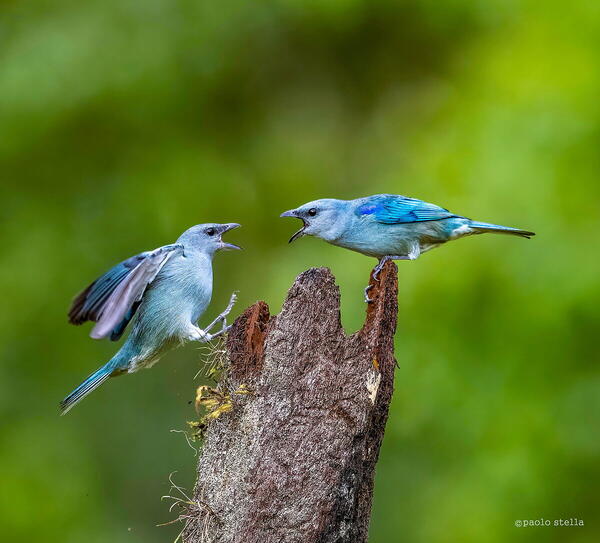
![[retina]](shared_files/layout/retina_badge.jpg)

![[retina]](shared_files/layout/retina_badge.jpg)

![[retina]](shared_files/layout/retina_badge.jpg)
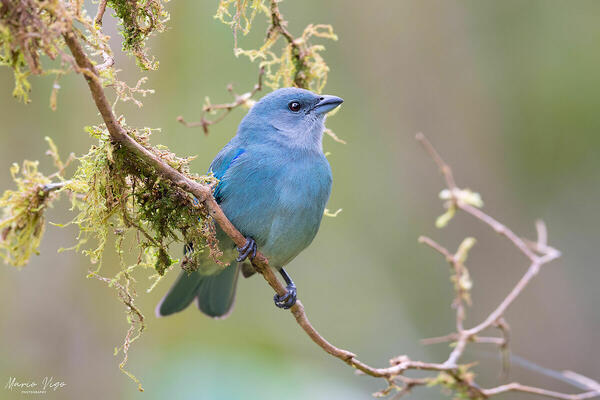
![[retina]](shared_files/layout/retina_badge.jpg)
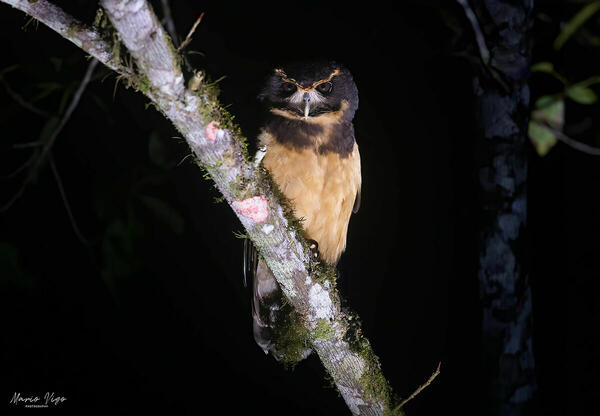
![[retina]](shared_files/layout/retina_badge.jpg)
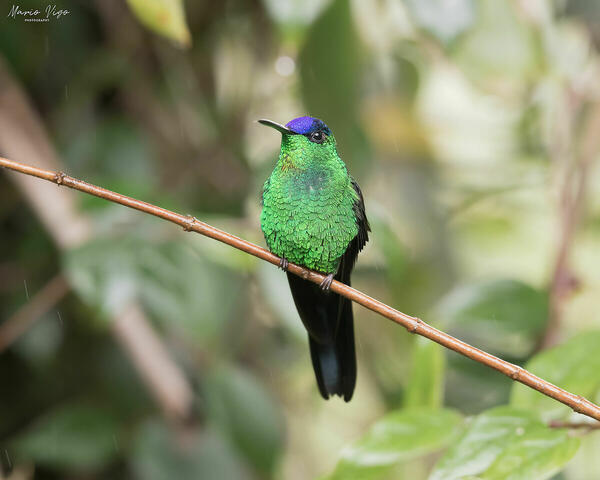
![[retina]](shared_files/layout/retina_badge.jpg)
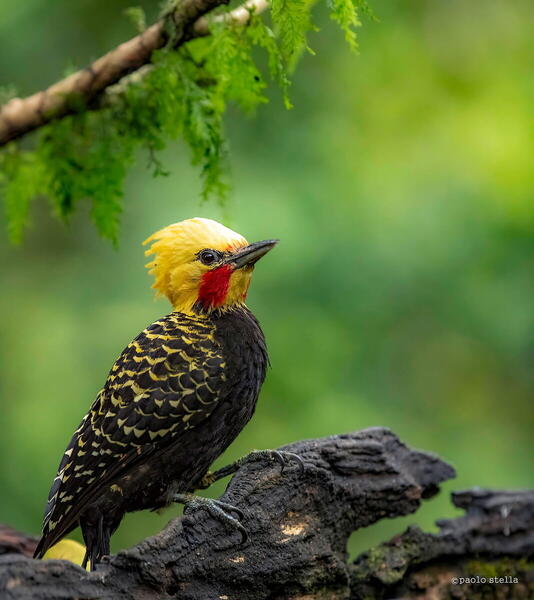
![[retina]](shared_files/layout/retina_badge.jpg)

![[retina]](shared_files/layout/retina_badge.jpg)

![[retina]](shared_files/layout/retina_badge.jpg)

![[retina]](shared_files/layout/retina_badge.jpg)

![[retina]](shared_files/layout/retina_badge.jpg)

![[retina]](shared_files/layout/retina_badge.jpg)
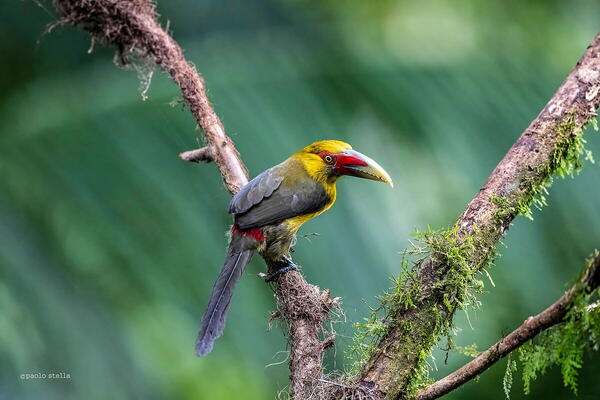
![[retina]](shared_files/layout/retina_badge.jpg)
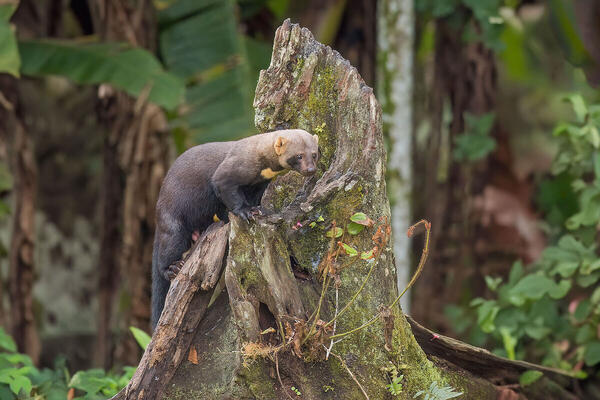
![[retina]](shared_files/layout/retina_badge.jpg)

![[retina]](shared_files/layout/retina_badge.jpg)

![[retina]](shared_files/layout/retina_badge.jpg)

![[retina]](shared_files/layout/retina_badge.jpg)

![[retina]](shared_files/layout/retina_badge.jpg)


![[retina]](shared_files/layout/retina_badge.jpg)

![[retina]](shared_files/layout/retina_badge.jpg)
 JuzaPhoto contains affiliate links from Amazon and Ebay and JuzaPhoto earn a commission in case of purchase through affiliate links.
JuzaPhoto contains affiliate links from Amazon and Ebay and JuzaPhoto earn a commission in case of purchase through affiliate links.